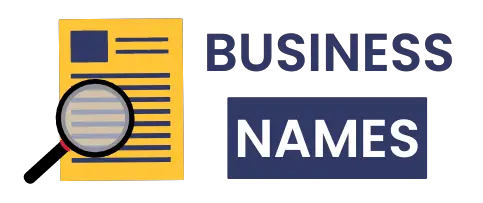I hit 29 years old, drowning in $80,000 of debt. Every credit card is maxed. Student loans are not going anywhere. Car payment every month. Medical bills stacked up.
I made $52,000 a year. The math didn’t work.
Every financial advisor said, “Just budget better. Cut out coffee. Use coupons.” That advice felt like bringing a water gun to a house fire.
So I built my own plan. One that worked because it faced the truth: you can’t save your way out of massive debt. You have to earn more AND spend less AND be strategic.
Here’s exactly what I did.
Why $80K at Age 29 Isn’t a Death Sentence

You’re in a better position than you think.
According to data from Experian published in 2025, the average American carries about $104,215 in total debt.
For people in their 30s, average credit card debt sits around $6,600. Many millennials carry way more with student loans and other bills added in.
At 29, you have three things going for you:
Time. You have 35+ working years ahead to recover and build wealth.
Energy. You can hustle hard for 2-3 years. Try that at 55.
Earning potential. Your income will grow. Most people hit peak earnings in their 40s.
But here’s the brutal truth: debt compounds daily.
Credit card rates average 22%. With $80,000 in debt at that rate, paying only minimums of $1,600/month, you’ll be in debt for 15+ years. You’ll pay roughly $140,000 total. That’s $60,000 in interest.
Your $80,000 problem becomes $140,000.
Now here’s how to fix it.
Step 1: Write Down Every Dollar You Owe
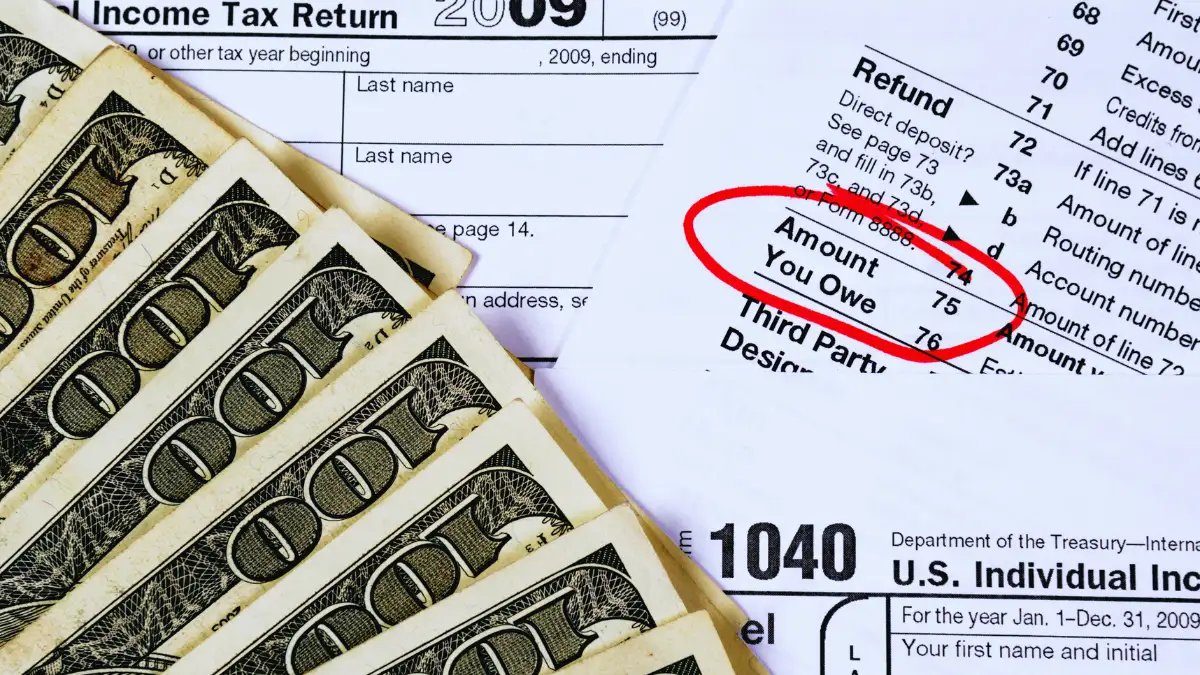
You can’t fight an enemy you don’t know.
List every debt with these details:
- Who you owe
- Total balance
- Interest rate (APR)
- Minimum monthly payment
- Payment due date
Don’t hide anything. That $200 you owe your brother counts.
Mine looked like this:
- Credit Card 1: $18,000 at 24.99%, $360 minimum
- Credit Card 2: $12,000 at 21.49%, $240 minimum
- Student Loan: $35,000 at 6.8%, $350 minimum
- Car Loan: $13,000 at 8.9%, $280 minimum
- Medical Bills: $2,000 at 0%, $100 minimum
Total: $80,000. Minimum payments: $1,330/month.
Download WalletHub (free, auto-loads debts) or Debt Payoff Planner. These apps show your debt-free date based on payments. That date becomes your goal.
Pull your free credit report. Sometimes forgotten debts show up there.
Once you see everything, the fear drops. It stops being a monster. It becomes a problem with a solution.
Step 2: Pick Your Attack Strategy
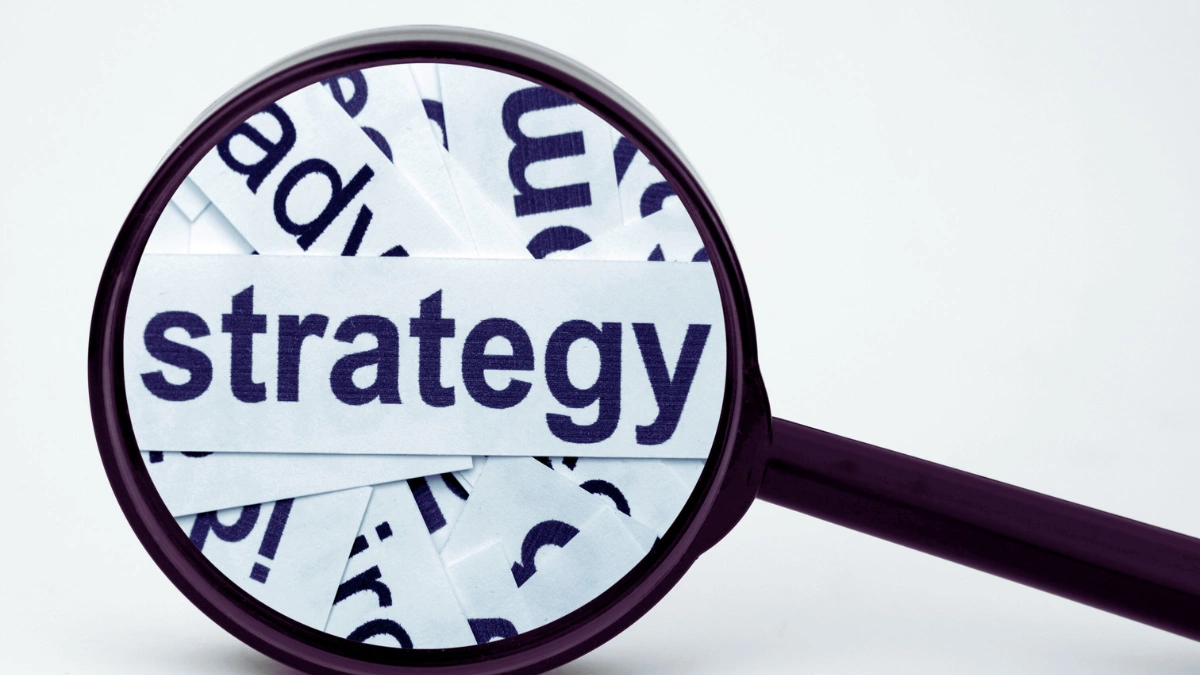
Two famous methods exist: Snowball and Avalanche.
Debt Snowball pays the smallest debt first. Quick wins keep you motivated. But it costs more in interest.
Debt Avalanche attacks the highest interest rate first. Saves the most money. But takes longer to see progress.
Here’s what works for $80K: a hybrid.
I call it “Kill the Vampires First.”
Attack any debt over 20% APR (usually credit cards). Start with the smallest one for a quick win. Once all high-interest debts are dead, use the avalanche method for the rest.
I killed my $12,000 card first (even though the $18,000 card was bigger) because I could eliminate it in 8 months. That psychological win mattered.
Your timeline options:
- Extreme: $3,333/month = debt-free in 2 years
- Aggressive: $2,222/month = debt-free in 3 years
- Moderate: $1,667/month = debt-free in 4 years
I chose 3 years. Aggressive but doable.
Step 3: Cut $500+ Monthly (What Actually Works)
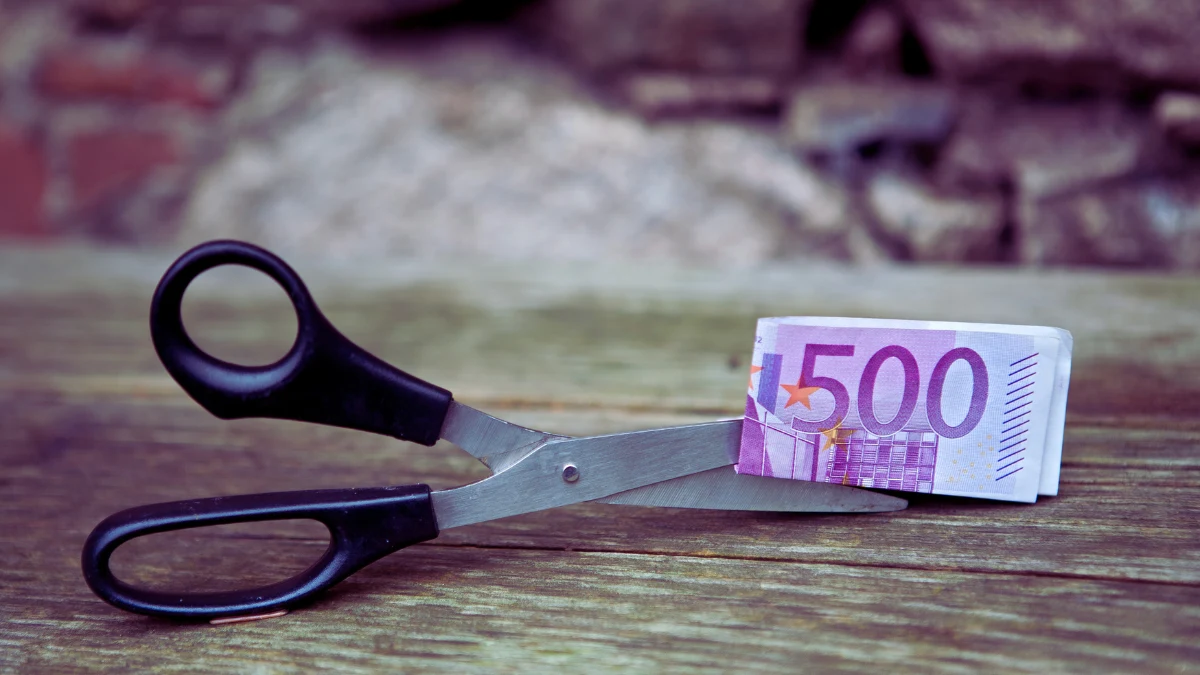
Skip the “cut your coffee” advice. That saves $50. You need $500+.
Housing: Get a roommate. Move cheaper. Move home temporarily. I went from $1,400 rent to $600 with roommates. Saved $800/month.
Transportation: Sell the car if possible. Take the bus. Carpool. I kept my car but stopped joy rides. Saved $100/month on gas.
Food: No eating out for six months. Zero. Meal prep Sundays. Rice, beans, chicken, and vegetables. Boring but effective. Went from $400 eating out to $200 groceries. Saved $200/month.
Subscriptions: Cancel everything except essentials. Found $147 in monthly subscriptions I forgot. Cancelled most. Kept Netflix.
Entertainment: Free only. Library. Parks. YouTube. Said no to friends for 18 months. Saved $150/month.
Total cuts: $1,347/month.
Give yourself a $50/month fun budget. One nice thing. Saves your sanity.
Every dollar saved went to debt. Not savings. Not investments. Only debt.
Step 4: Make $1,000-2,000 Extra Monthly
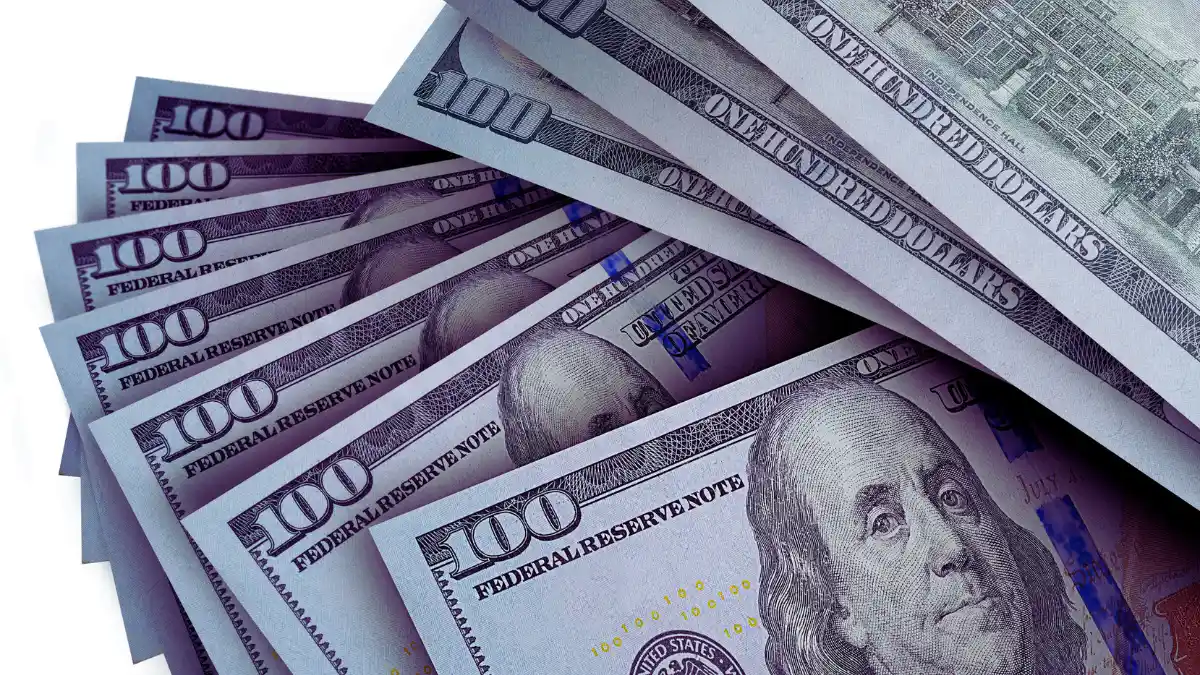
You can’t cut your way out fast enough. You must earn more.
Side hustles are normal now. 26% of Gen Z have one. The gig economy is worth $556.7 billion and growing.
No special skills needed:
- Uber/Lyft: $16-27/hour during peak times (Friday/Saturday nights, lunch rush)
- Instacart/DoorDash: Be careful. Some markets are bad. One study found DoorDash drivers making only $1.45/hour after expenses.
I did Instacart Saturdays. Made $400/month.
Medium skills:
- Freelance writing on Upwork/Fiverr: $25-75/hour
- Virtual assistant work: $20-35/hour
- Tutoring through VIPKid/Wyzant: $20-60/hour
I did freelance writing. Started at $25/article. By month 6, charged $100/article. Made $800-1,000/month extra.
High skills:
- Web development: $500-5,000 per project
- Graphic design: $50-150/hour
- SEO consulting: $75-200/hour
What I actually did:
- Instacart Saturday mornings: $400/month
- Freelance writing evenings/Sundays: $900/month
- Sold stuff on Facebook Marketplace: $200-300 one-time
Total: $1,300-1,500/month for 20 extra hours per week.
Also negotiated a 3% raise at my main job. Extra $130/month forever.
Every extra dollar went to debt.
Step 5: Cut Your Interest Rate in Half
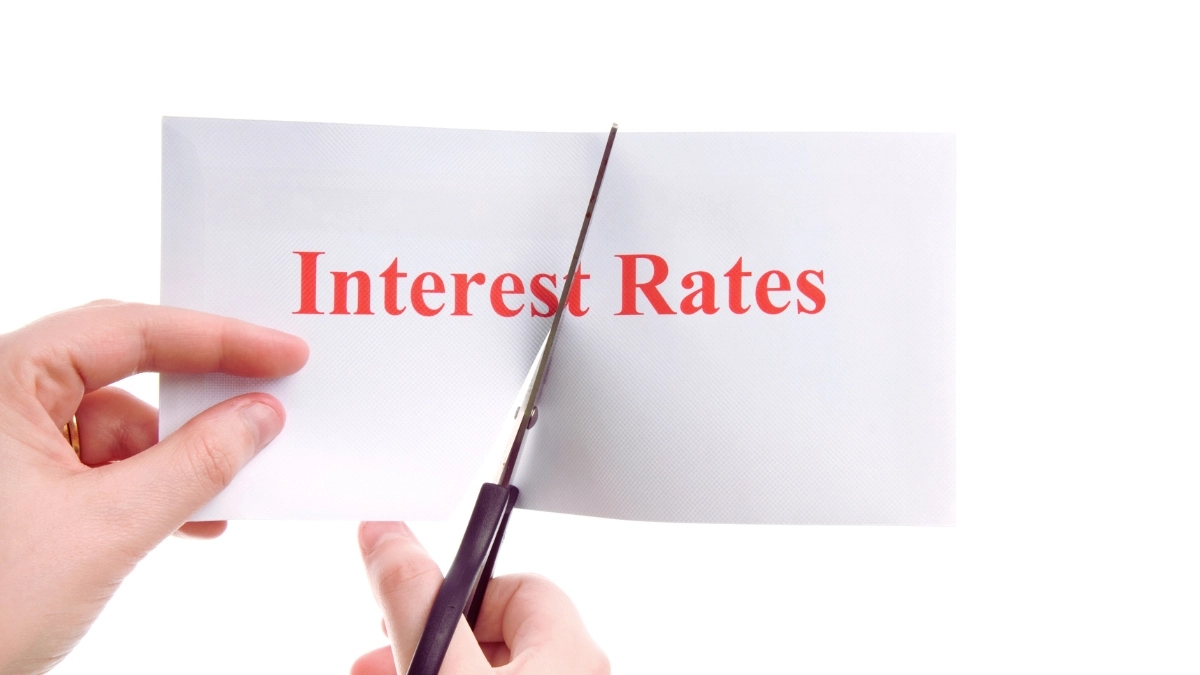
Balance transfer cards saved me $6,000+ in interest.
These cards offer 0% APR for 12-21 months. Transfer high-interest debt. Pay zero interest during the intro period.
Best cards in 2025:
- Wells Fargo Reflect: 0% APR for 21 months
- Citi Simplicity: 0% APR for 21 months, no late fees
- Citi Diamond Preferred: 0% APR for 21 months
The catch: 3-5% balance transfer fee upfront.
Worth it? Math says yes.
$10,000 at 22% APR = $1,800 interest over 18 months. Transfer with 3% fee ($300) = save $1,500.
I transferred $12,000. Paid $360 fee. Saved $2,200 in interest.
Key rules:
- Need a credit score of 670+ to qualify
- Must pay off before the intro period ends
- Don’t add new charges to this card
- Keep paying minimums on other debts
Can’t qualify? Get a debt consolidation loan at 6-18% APR. Still better than 24%.
Step 6: Automate Everything
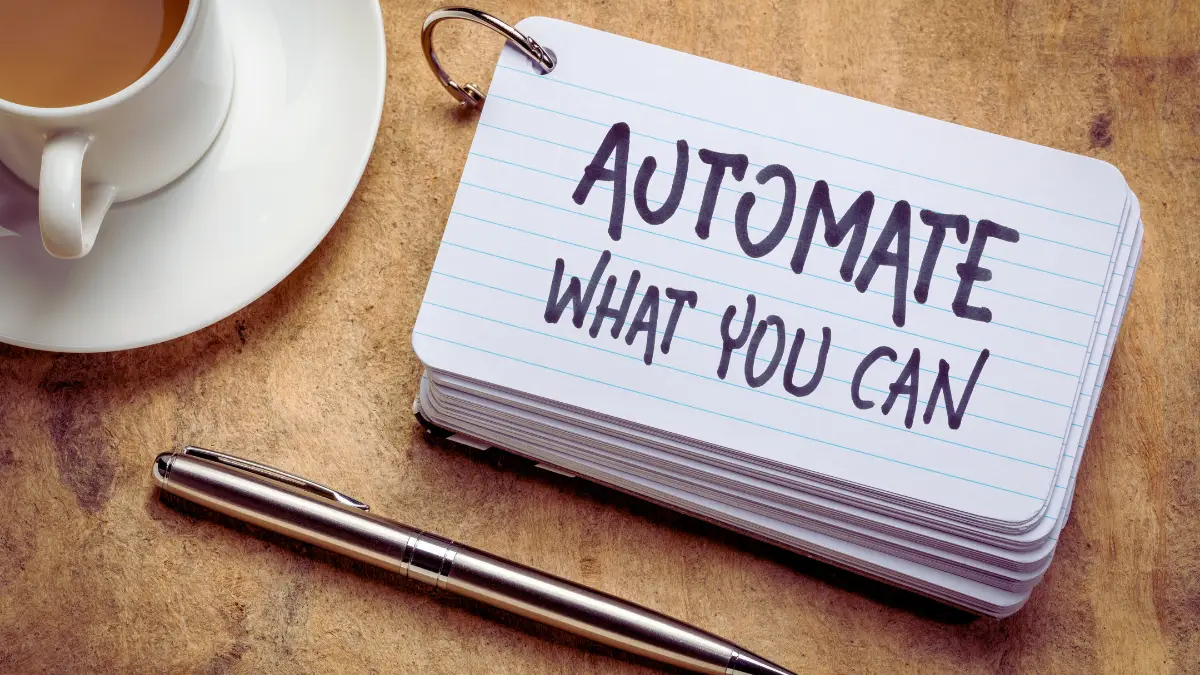
Willpower fails. Systems succeed.
I forgot a payment once. Got hit with $38 late fee. Never again.
Set up automatic payments:
- Minimum payments on every debt (never miss one)
- Extra payments to target debt every payday
- Side hustle income auto-transfers to debt account on Monday
- Payment reminders 3 days before due dates
I used Google Calendar for reminders. Debt Payoff Planner to track progress.
Automation removes emotion. You don’t decide whether to pay or buy something. The decision is already made.
First 3 months manually paying: 70% success rate. Next 15 months automated: 98% success rate.
Step 7: Survive the Mental Game
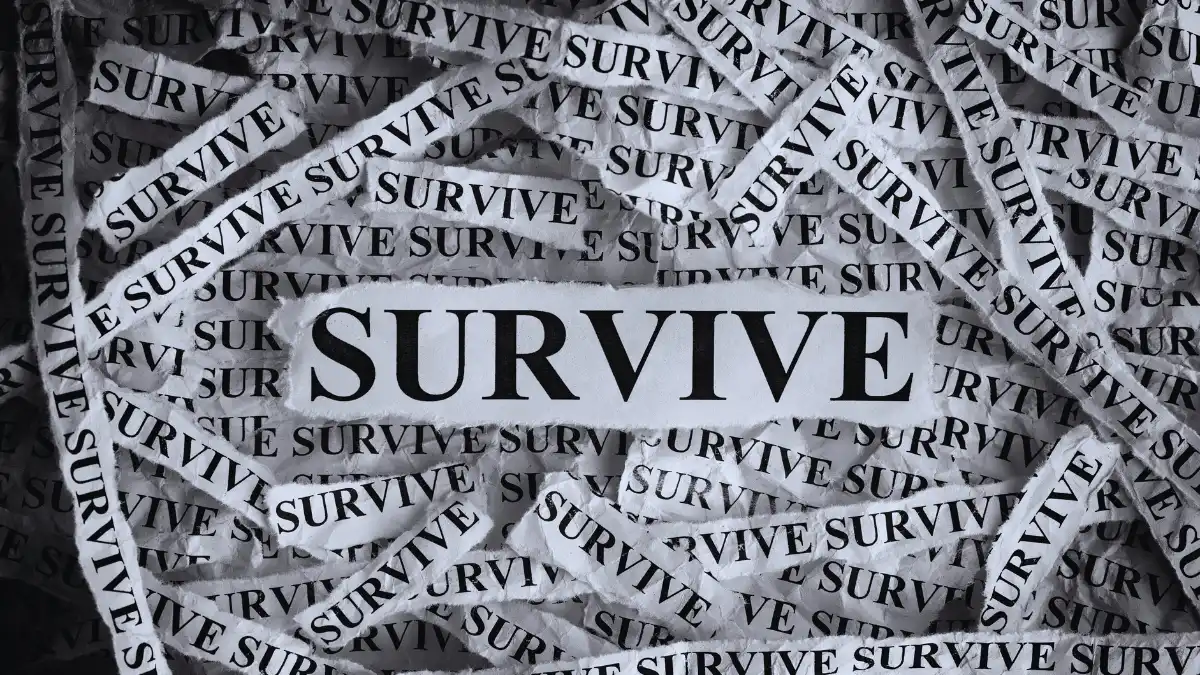
Month 3, I wanted to quit.
Friends went to a concert I couldn’t afford. I ate rice and chicken for the 40th time. Worked 60 hours. Still owed $74,000.
Debt payoff is 20% math, 80% psychology.
How to survive 2-4 years:
Break it into $5,000 chunks. Don’t think about $80K. Track every $1,000 paid. I used a paper chart on my wall. Colored in boxes.
Join a community. Reddit r/debtfree. Facebook groups. When I wanted to quit, I posted. Ten people shared stories. Gave me energy.
Remember your why. Mine: buy a house, date without shame, wake up without anxiety. Write yours down.
Plan mini-rewards. At 25% paid ($20K down), I bought a $30 video game. At 50%, one nice dinner for $60.
Prepare for setbacks. $800 car repair in month 7. Worked extra Instacart shifts. Made it up in 2 months.
Track obsessively. Open your app weekly. Watch that debt-free date get closer.
One person paid off $80,936 in one year. A couple paid off $113,000 in 28 months. It’s possible.
Your First 90 Days
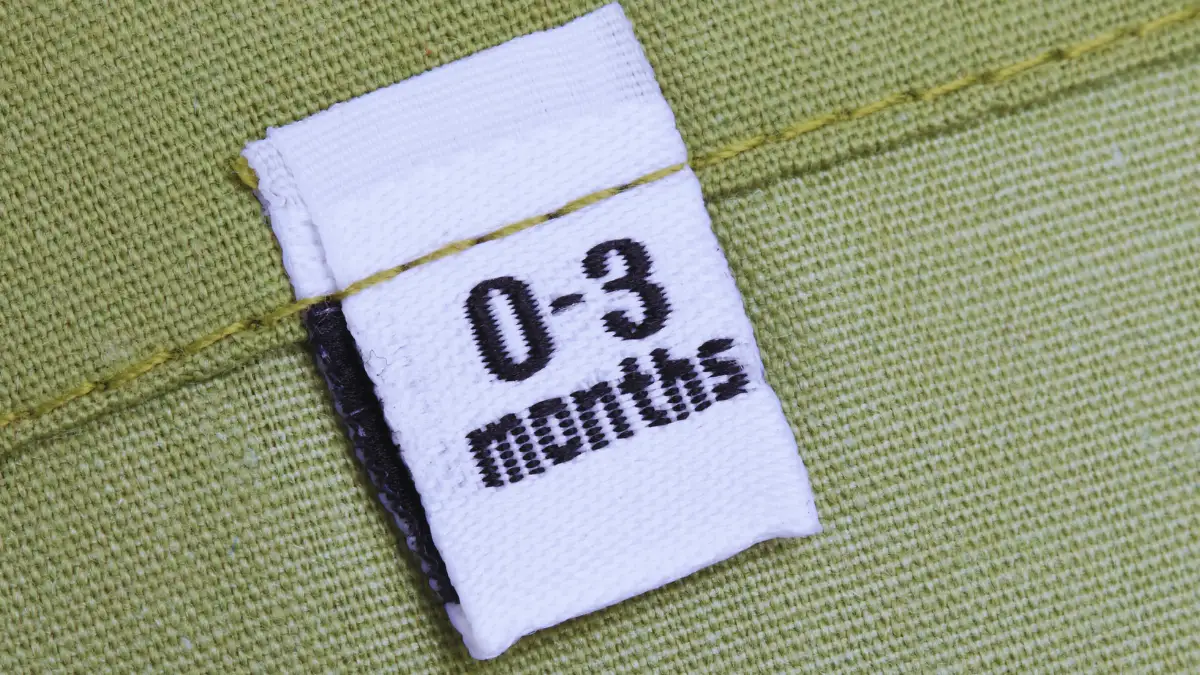
Week 1:
- Day 1-2: List every debt, pull credit report
- Day 3-4: Download tracker app, calculate debt-free date
- Day 5-6: Choose strategy, set goal
- Day 7: Tell someone for accountability
Weeks 2-4:
- Audit expenses, find cuts
- Apply for a balance transfer card
- Set up automatic minimum payments
Month 2:
- Research side hustles, pick one
- Do first gig, put 100% toward debt
Month 3:
- Make the first massive extra payment
- Pay off first small debt OR big dent in target
By month 3, pay off $3,000-5,000 minimum.
Real Numbers
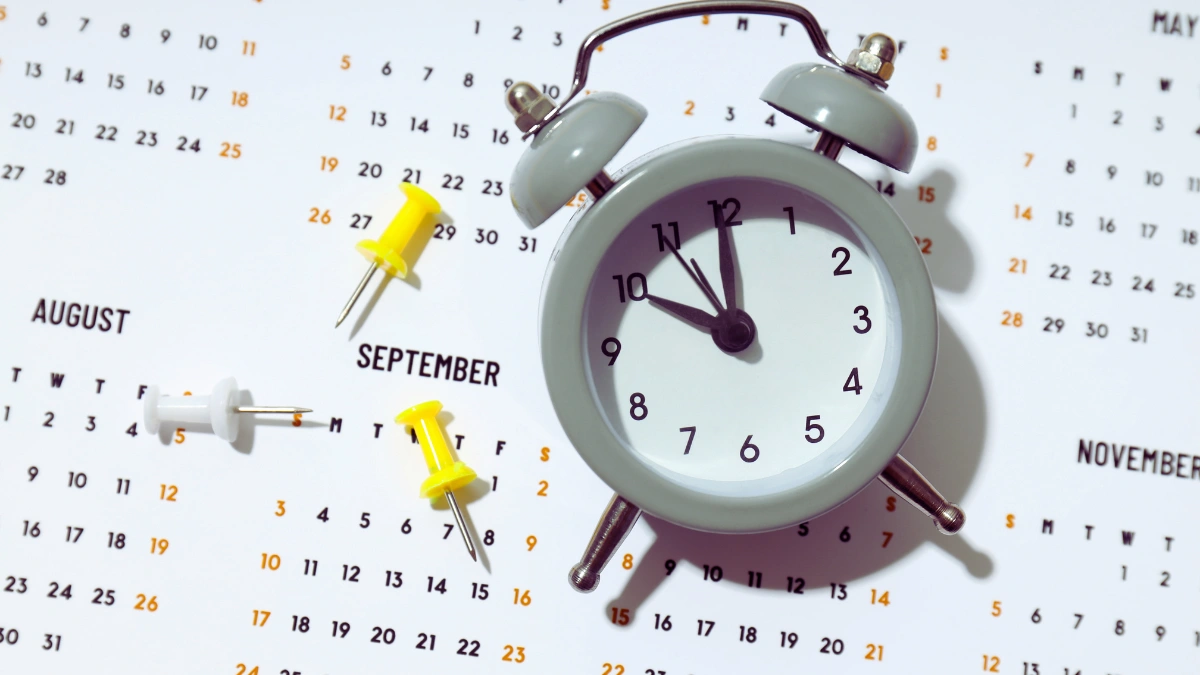
3-year aggressive pace (what I did):
- Monthly payment: $2,222
- Total interest: ~$8,000
- Debt-free age: 32
My actual timeline:
- Year 1: Paid $22,000
- Year 2: Paid $31,000 (momentum building)
- Year 3: Paid $27,000 (final push)
Total: 34 months. Ahead of my 36-month goal.
Don’t Make These Mistakes
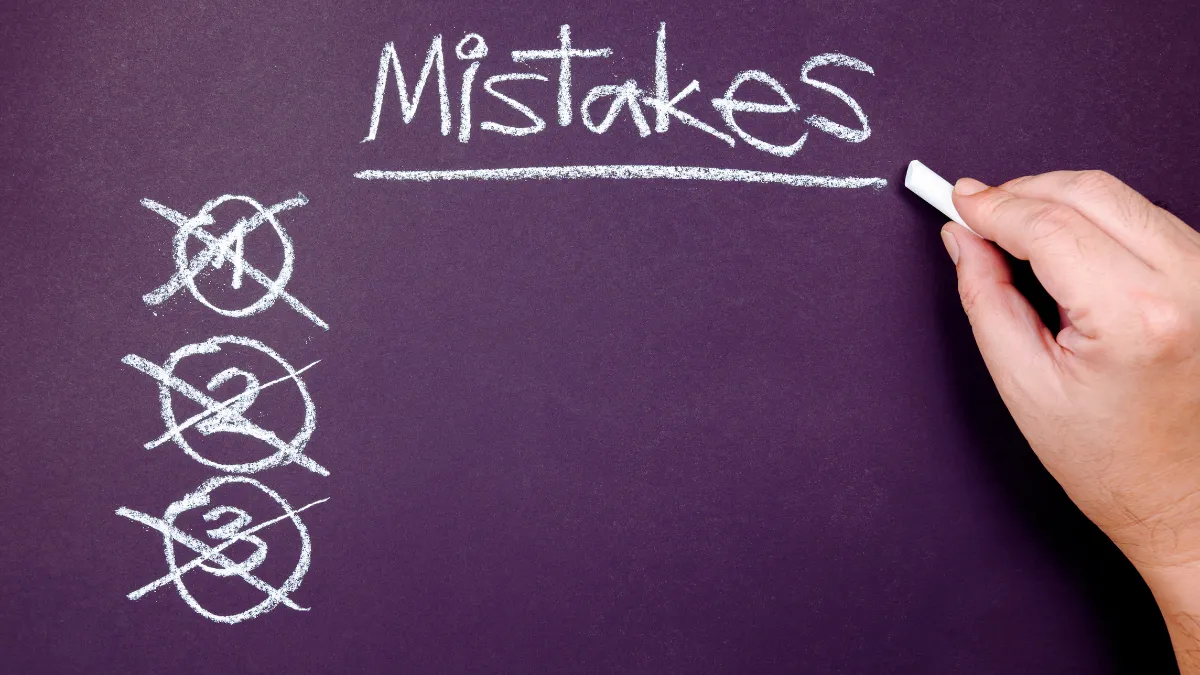
- No emergency fund: Keep $1,000 saved. One car repair shouldn’t wreck everything.
- Maintaining old lifestyle: Accept your life changes for 2-3 years. It’s temporary.
- Not tracking spending: I spent $180 on Amazon one month without realizing. Track everything.
- Ignoring small debts: Missed a $400 bill. Went to collections. Set up auto-pay on everything.
- Quitting when progress feels slow: Month 8, I’d paid 22.5%. Felt like nothing. Celebrate percentages, not just dollars.
What Debt-Free Actually Feels Like

Made my last payment on March 14th.
Expected euphoria. Instead felt weird. Confused.
First month: Lived the same. Ate cheap. Didn’t buy anything.
Months 2-3: Built $5,000 emergency fund.
Months 4-6: Started investing $500/month.
Today (18 months later): $18,000 savings. $9,000 invested. Zero debt. Credit score jumped from 620 to 740.
Real win: Wake up without anxiety. Check your bank account without fear. Think about buying a house, and it’s actually possible.
You’re not just paying off $80,000. You’re buying freedom.
